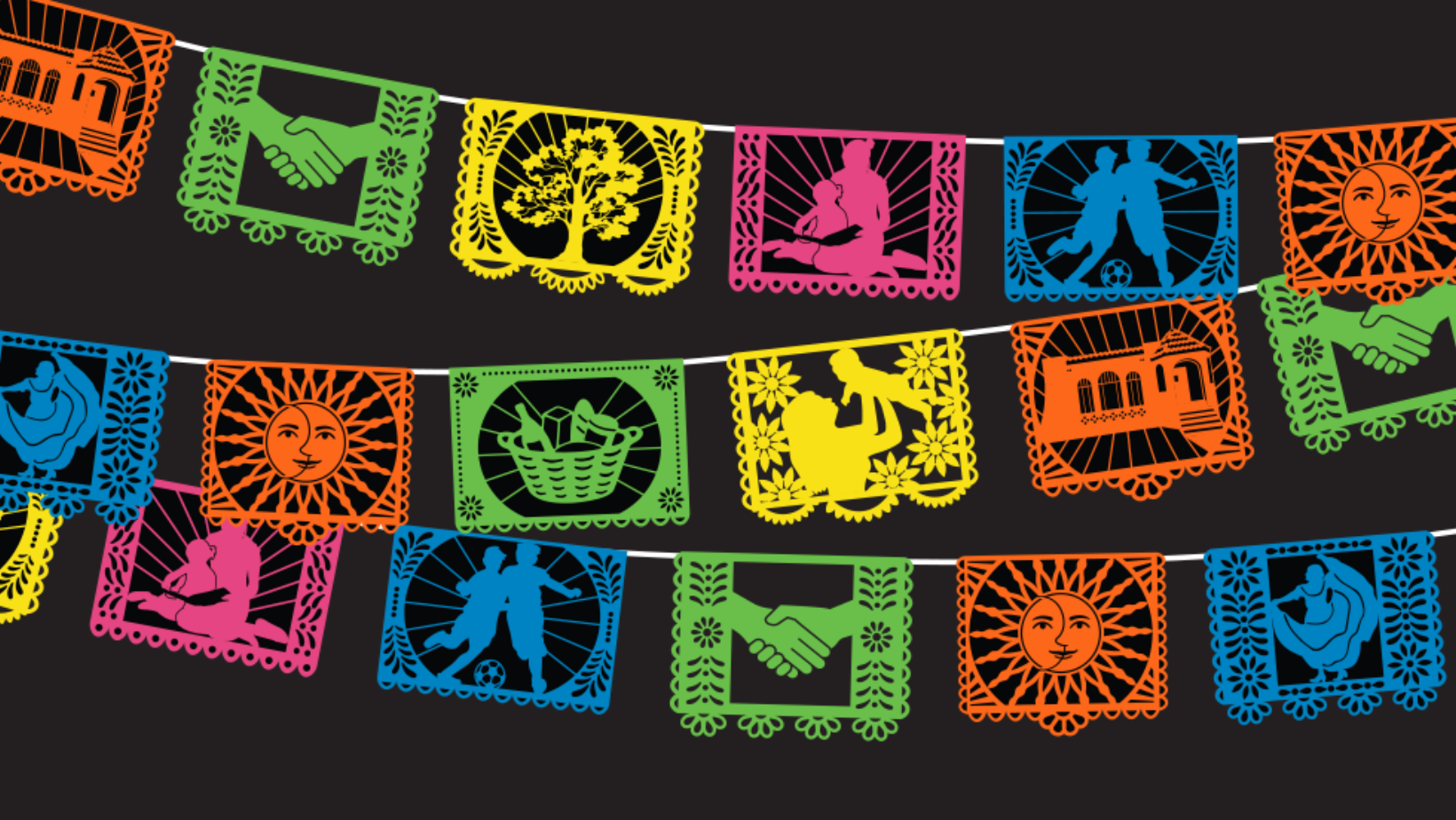Introducing Mi Familia, Mi Comunidad
A Community Education Campaign by the Child Abuse Prevention Council of Napa County
Multiple disasters and a global pandemic have had a significant impact on Napa county’s children. While we have built our collective resilience, families continue to struggle as they deal with economic instability, lack of childcare, rising costs of living, racial inequity, and social injustices.
In my 19 years at Cope Family Center, I’ve seen firsthand that when families struggle, children suffer. Without support, the stress can be overwhelming. Despite parents’ best intentions, their challenges affect their children, impacting their health and wellbeing. Our community is a tapestry of diverse families, in terms of ethnicity, composition, and economic stability. The health and wellbeing of our families correlates to the resilience and economic vitality of our community.
The toll of the trauma we have experienced over the last few years is reflected in local data.
In 2021, CWS received 1,330 referrals to our child abuse hotline, with 159 cases substantiated. This year, there was a spike in removal of older youth, with 38% of youth who entered foster care were between the ages of 12 to 18.
Nearly 40% of families do not have enough income to meet their basic needs. Parents must make tough decisions, choosing between shelter, food, medication, and gas.
50% of Napa Valley Unified School District 11th graders reported they felt chronically sad or hopeless – a 25% rise from pre-COVID.
Together, the members of the Child Abuse Prevention Council (CAPC) of Napa County, are launching the Mi Familia, Mi Communidad campaign to inspire Napa county residents to build a resilient community that is safe and supportive for our kids and families.
Risk Factors for child maltreatment happen across many domains. Suffering abuse and neglected, living in a home with mental health or substance abuse issues, or being homeless are childhood experiences that have an immediate impact, but also can affect long-term mental and physical health. Childhood adversity (especially multiple traumas) can cause toxic stress. Excessive activation of the body’s stress response system leads to long-lasting wear and tear on the body and brain, by damaging neurons in developing brains, immune systems and more. The 1995 groundbreaking Adverse Childhood Experiences (ACEs) Study by the CDC and Kaiser Permanente demonstrated that people who have experienced ACEs in the family are at greater risk for lifelong issues like substance abuse, mental health issues (depression, anxiety, suicide attempts), heart disease, and cancer. ACEs in the family include child abuse (physical, emotional, sexual), neglect, living in home with mental health issues, substance abuse, domestic violence, and homelessness. Not surprisingly, the health-related conditions caused by the chronic toxic stress of ACEs aligns with Napa County’s most persistent unmet health needs.
Newer research has identified additional types of ACEs that compound a community’s dose of ACEs. Adverse Community Experiences include poverty, discrimination, neighborhood violence and poor housing quality and affordability. Children who live in poverty are three times more likely to be abused and seven times more likely to be neglected than children in higher socioeconomic status families. Adverse Climate Events include natural disasters like earthquakes, hurricanes, tornadoes, and events caused by the climate crisis – wildfires, record heat and droughts, storms, flooding, and mudslides.
What can individuals do to counter these adversities and support the healthy development of children, families, and our community?
The good news, each of us can play a part. ACEs are prevented - and their impact reduced - when children are connected, families are supported, and community members take positive action.
In addition to reducing risk factors for child maltreatment, building individual and community resilience is key to making positive change. Research shows that if caregivers are resilient, know how to solve problems, have healthy relationships with other adults, build healthy relationships with children and provide a safe environment, the effects of ACEs are reduced. These are protective factors.
Between now and June, CAPC members will present a monthly column in the Register that introduces ways to reduce risk factors and bolster protective factors. Residents will be introduced to the local services for ALL parents/caregivers that encourage their child(ren)’s health and wellbeing. Community events and volunteer opportunities will be promoted through social media, KVON/KVYN radio interviews and print materials around town. Our goal is to educate individuals on the risk factors that contribute to child maltreatment and share how EVERYONE can take an active role in reducing the number and intensity of all types of ACEs.
We all have a role to play. Sometimes my family needs help. Sometimes my family has help to give. Whatever role I’m in, my community is more resilient when we all play a part in the solution.
To more about the campaign and how to get involved at www.copefamilycenter.org/mi-familia-mi-comunidad.
This campaign is led by the Child Abuse Prevention Council of Napa County (CAPC), and made possible through funding from Kaiser Permanente, John Brockway Huntington Foundation, and funds from the American Rescue Plan Act and Community Based Child Abuse Prevention through County of Napa Child Welfare Services.




